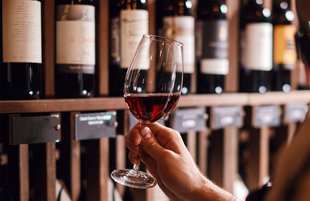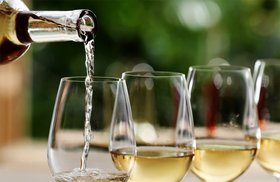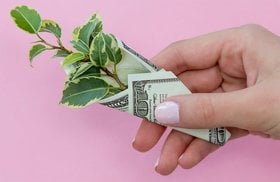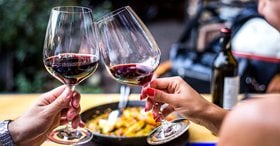7 Important Differences Between Wine and Champagne
Want to know the difference between wine and Champagne before buying a bottle?
Simply put, “wine” refers to any alcoholic beverage made from grapes or other fruits anywhere in the world.
Meanwhile, “Champagne” is a sparkling wine made using the finest red and white grape varieties in the Champagne region of France.
Let’s check out the difference between Champagne and wine in detail, including regions, ingredients used, winemaking techniques, wine styles, sweetness levels, characteristics, and price.
Further reading
- If you want a fine bubbly for your special occasion, pick a bottle from these 10 Vibrant Champagnes.
- Meanwhile, here are some famous Red And White Wines For Beginners.
The Difference Between Wine And Champagne (7 Key Aspects)
Here are the 7 key differences between wine and Champagne:
1. Regions

Wine is produced worldwide, but mainly in Italy, France, Spain, and the United States.
Meanwhile, Champagne is only made in the Champagne region of France. However, other areas may produce sparkling wine using the traditional method and then name it “Champagne.”
2. Grape Varietals And Other Fruits Used
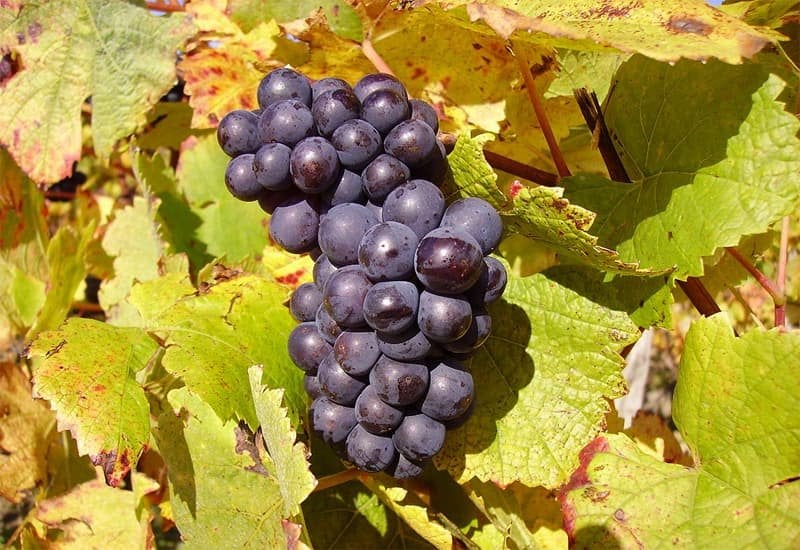
Wines are produced from grapes but can also be made using other fruits like plum, elderberry, and cherry.
Meanwhile, Champagne is usually made from three different grapes - Chardonnay, Pinot Noir, and Pinot Meunier.
3. Winemaking Techniques
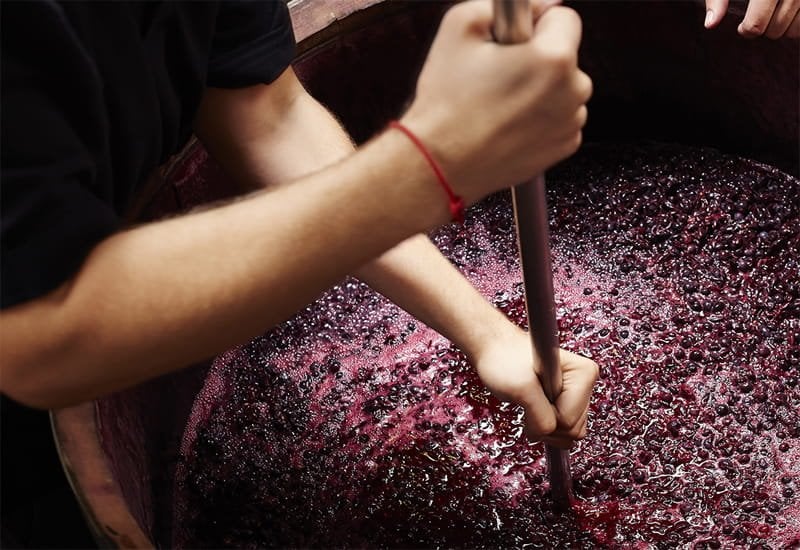
Wine is made from fermented grape or fruit juice. During winemaking, the juice usually undergoes a single fermentation followed by aging in oak barrels.
Champagne is produced using the Méthode Champenoise, also known as Méthode Traditionelle (traditional method), which involves a two-step fermentation.
Here are the steps for producing Champagne:
- The grapes are crushed, and the grape juice is fermented in a tank. From there, the base wine is mixed with sugar and yeast and undergoes a secondary fermentation in the bottle.
- During the second fermentation, carbon dioxide is trapped inside the bottle and forms bubbles. The wine is then aged in the cellars.
- Finally, the dead yeast cells are removed from the sparkling alcoholic beverage, and the dosage (a mixture of sugar and wine) is added.
4. Wine Styles
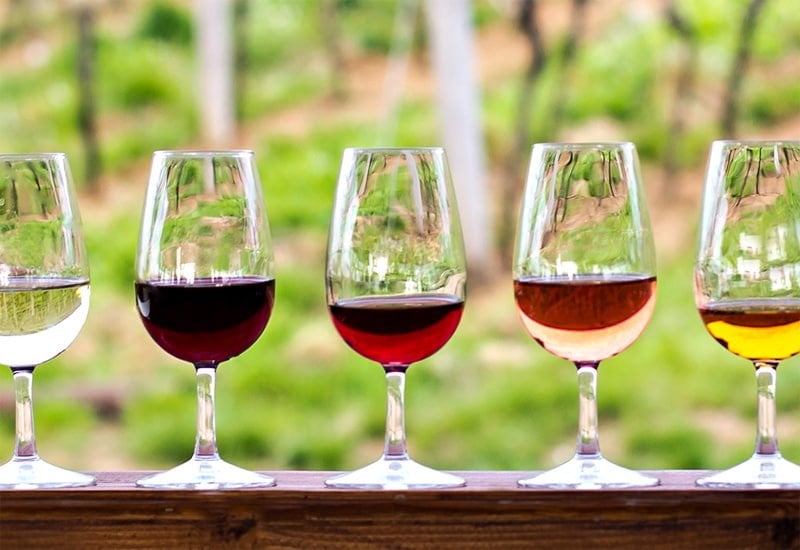
Wine can be classified as a still, fortified, or sparkling wine.
Depending on the grape varieties used, a still wine can be labeled as red, white, or Rosé. Meanwhile, fortified wine is a drink made by fortifying wine with spirits.
Sparkling wine is an umbrella term for all wines that undergo a second fermentation. Here are all the sparkling wine styles, including Champagne:
- Champagne: This French sparkling wine style is produced in the Champagne region using Méthode Champenoise.
- Sekt: This is a sparkling wine style made in Germany. It’s produced using the Charmat method (tank method.)
- Prosecco: Prosecco is an Italian sparkling wine style made from Bianchetta Trevigiana and Glera grape varieties. It’s produced using the Charmat method.
- Cava: Cava is a Spanish sparkling wine style made mainly from the Macabeu grape variety. This sparkling wine style is made using the traditional method (Méthode Traditionelle.)
- American sparkling wine: The American sparkling wine style is produced widely in California. It’s made using the same traditional method used in the Champagne region.
5. Styles Based On Sweetness Levels
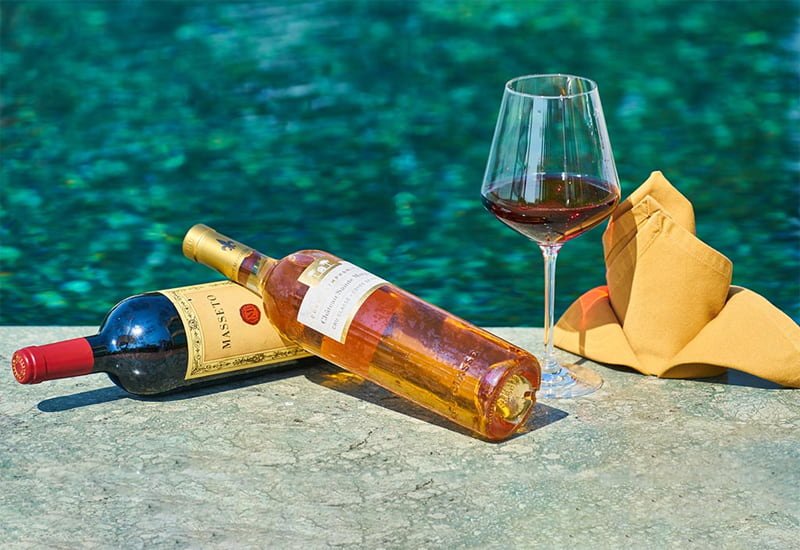
When a bubbly wine is made, a small amount of the wine is lost when the dead yeast cells are removed. To compensate for this, the dosage (wine and sugar mixture) is added inside the bottle.
Now, the classification of wine based on sweetness levels differs from that of Champagne.
Depending on the amount of sugar added, Champagne wine styles can be classified as follows:
- Brut Nature: 0-3 g of residual sugar per liter
- Extra Brut: 3-6 g of residual sugar per liter
- Brut: 6-12 g of residual sugar per liter
- Extra Sec: 12-17 g of residual sugar per liter
- Sec: 17-32 g of residual sugar per liter
- Demi-Sec: 32-50 g of residual sugar per liter
- Doux: Over 50 g of residual sugar per liter
Let’s check out the sweetness levels for other sparkling wine styles:
Cava sweetness levels:
- Brut Nature: 0-3 g of residual sugar per liter
- Extra Brut: 3-6 g of residual sugar per liter
- Brut: 6-12 g of residual sugar per liter
- Extra Seco: 12-17 g of residual sugar per liter
- Seco: 17-32 g of residual sugar per liter
- Semi-Sec: 32-50 g of residual sugar per liter
- Dolce: Over 50 g of residual sugar per liter
Prosecco sweetness levels:
- Brut: 6-12 g of residual sugar per liter
- Extra Dry: 12-17 g of residual sugar per liter
- Dry: 17-32 g of residual sugar per liter
Sekt sweetness levels:
- Naturherb: 0-3 g of residual sugar per liter
- Extra Herb: 3-6 g of residual sugar per liter
- Herb: 6-12 g of residual sugar per liter
- Extra Trocken: 12-17 g of residual sugar per liter
- Trocken: 17-32 g of residual sugar per liter
- Halbtrocken: 32-50 g of residual sugar per liter
- Mild: Over 50 g of residual sugar per liter
6. Taste And Characteristics
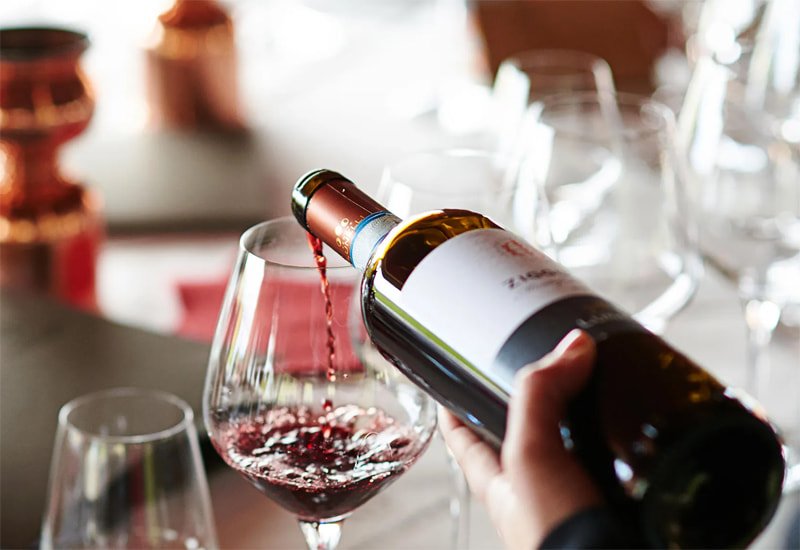
Depending on the winemaking techniques and grape varieties used, wine can be sweet, semi-sweet, or dry. Meanwhile, the sweetness levels in Champagne or any other bubbly depend on the dosage added.
The tasting notes for different wines and Champagnes differ depending on the grape varieties and techniques used.
The alcohol content in wine usually ranges from 5-23%, while a Champagne bottle usually has 11-13% ABV.
7. Price
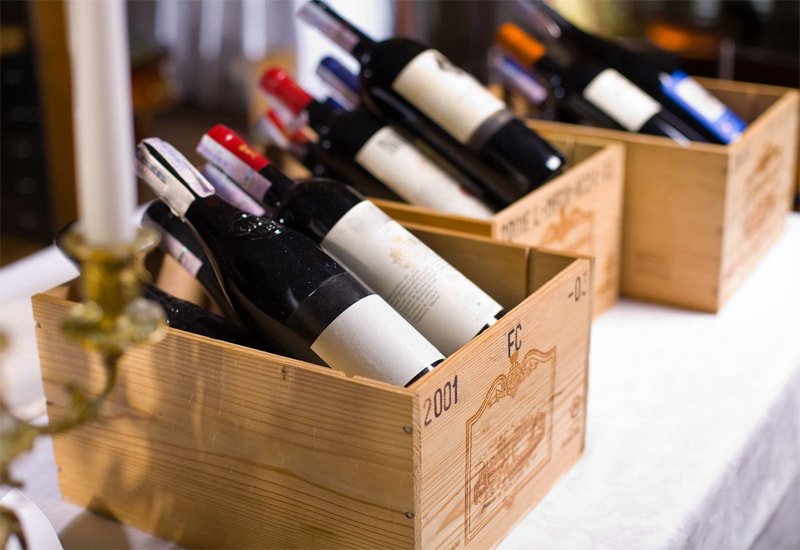
When it comes to wine prices, some red wine styles usually command high prices. Prices can range from a couple of dollars to $101,000+ for the best wine bottle.
A Champagne bottle from an esteemed producer usually commands high prices. This sparkling wine can cost from $4 to $5 to anything around $57,000+.
Buy The Best Wine Or Champagne Bottle Through Vinovest!

Now that you’ve discovered the difference between Champagne and wine, it’s time to grab your favorite bottle.
But what’s the easiest way to buy that fine wine or bubbly?
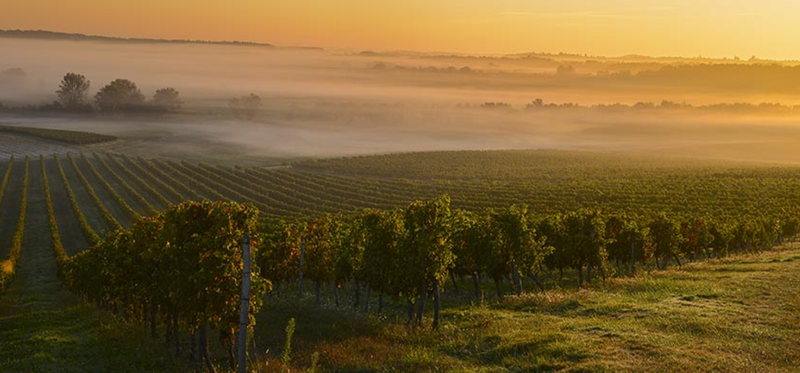
Check out the Vinovest website! It’s an incredible wine investment platform where you can buy, store, and sell sparkling wine, Champagne wine, Spanish sparkling wine, Dom Perignon, vintage Champagne, Veuve Clicquot, and other best wine bottles.
Vinovest will help you invest in the finest Pinot Noir, Pinot Meunier, Chardonnay, white wines, and red wine bottles from the Napa Valley, the Champagne region, and anywhere around the world, easily.
